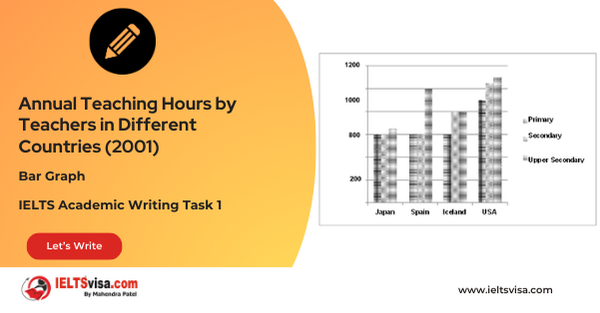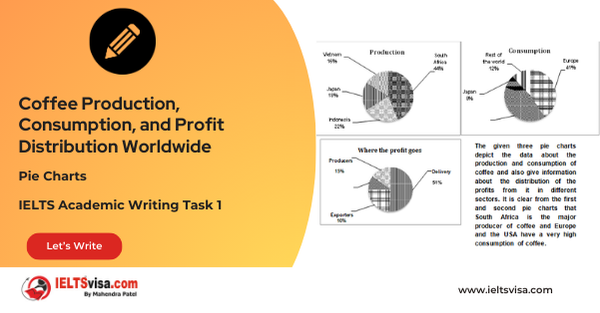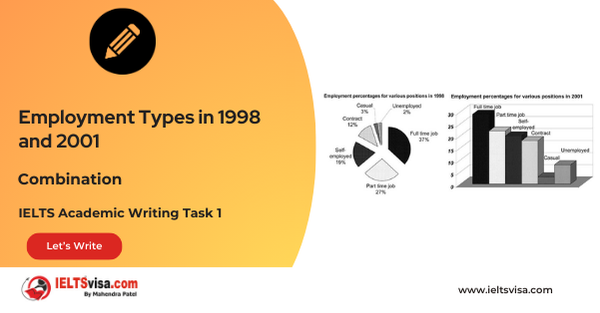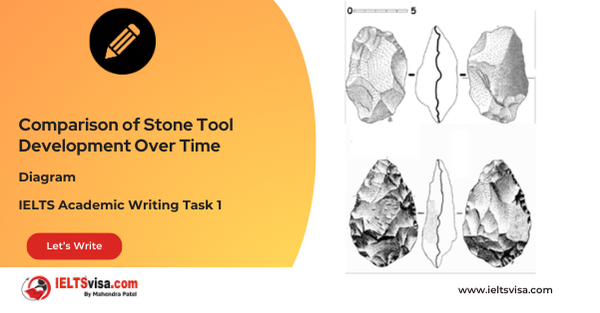The number of people (in million) who went for international travel in 1990, 1995, 2000 and 2005
IELTS Academic Writing Task 1 - Tables
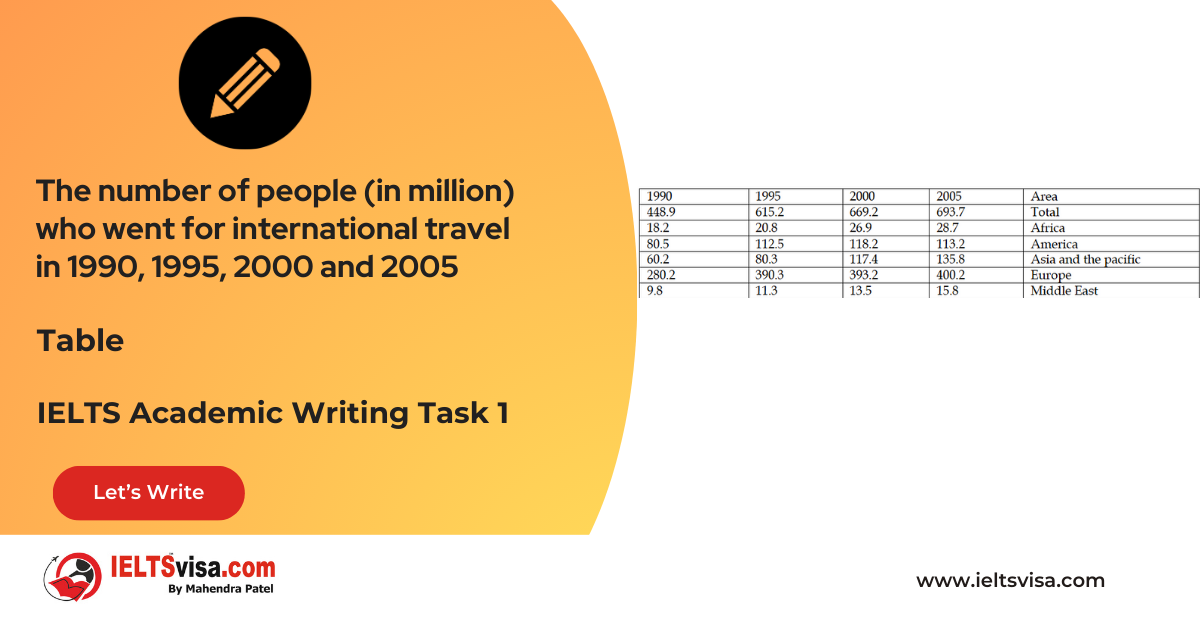
IELTS Writing Task 1 Question
The table below describes the number of people (in million) who went for international travel in 1990, 1995, 2000 and 2005. Summarize the information by selecting and reporting the main features and make comparisons where relevant.

Common Questions for the Table
1. Graph Type: Table
2. Title: Number of People Traveling Internationally by Region (1990–2005)
3. What are the units of measurement?: Number of travelers (in millions)
4. Who: Travelers from different regions
5. When: 1990, 1995, 2000, 2005
6. Where: Different global regions (Europe, America, Middle East, Africa, Asia and the Pacific)
7. Topic: Trends in international travel over a 15-year period
Comparison Showing and Trends Any change over time (such as an increase or a decrease) is a trend.
Comparison 1 : Europe (Highest Travelers)
- Details:
1. Dominated international travel with 280 million travellers in 1995.
2. It increased to nearly 400 million by 2005, marking the highest level in all regions.
Comparison 2 : Middle East (Lowest Travelers)
-
Details:
1. The number of international travellers was the lowest, increasing from 9.8 million in 1995 to 15.8 million in 2005.
Comparison 3 : Other Regions
-
Details:
1. Africa and Asia-Pacific: Both regions showed steady growth throughout the period.
2. America: Witnessed a sharp rise from 80.5 million in 1990 to 112.5 million in 1995, after which growth plateaued until 2005.
Sample Answer
The table illustrates the number of people (in millions) who travelled internationally from five regions between 1990 and 2005.
Overall, Europe dominated international travel over the years, while the Middle East consistently accounted for the smallest number of travellers. Growth in travel numbers was particularly marked between 1990 and 1995 across most regions, with slower increases observed thereafter.
In 1990, Europe led with 280 million international travellers, a figure that grew to nearly 400 million by 2005. In contrast, the Middle East had the lowest number of travellers, increasing modestly from 9.8 million in 1995 to 15.8 million in 2005.
America sharply increased international travel from 80.5 million in 1990 to 112.5 million in 1995. However, the numbers remained relatively stable thereafter, showing minimal growth until 2005. Similarly, Africa and Asia-Pacific experienced steady growth throughout the 15-year period, reflecting an increasing interest in international travel.
Top 29 Vocabularies
| Vocabulary | Type | Meaning | Synonyms | Examples |
| Plateau | Verb/Noun | To reach a state of little or no change | Stabilise, Level off | America’s travel numbers plateaued after 1995. |
| Modest | Adjective | Limited in size, amount, or degree | Small, Minor | The Middle East showed a modest increase in travellers. |
| Dominated | Verb | To have control or influence over | Led, Prevailed | Europe dominated international travel during the period. |
| Steady | Adjective | Continuous and consistent | Gradual, Stable | Africa showed steady growth in international travellers. |
| Contribute | Verb | To add to or participate in something | Provide, Add | Europe contributed the most to international travel numbers. |
| Illustrate | Verb | To explain or clarify through visual representation | Demonstrate, Depict | “The table illustrates the number of international travelers.” |
| Increase | Verb/Noun | To become greater in size, amount, or degree | Grow, Rise | “The number of travellers increased significantly between 1990 and 1995.” |
| Reflect | Verb | To show or express something | Indicate, Mirror | “Africa’s growth reflected a rising interest in international travel.” |
| Growth | Noun | An increase or rise in size, number, or importance | Expansion, Development | “Growth in travel was particularly marked between 1990 and 1995.” |
| Stable | Adjective | Not likely to change or fluctuate | Steady, Unchanging | “America’s travel numbers remained stable after 1995.” |
| Region | Noun | An area, especially part of a country or the world | Area, Territory | “Europe dominated international travel over the years.” |
| Contrasting | Adjective | Differing or opposite in nature or characteristics | Opposite, Different | “The Middle East showed contrasting trends compared to Europe.” |
| Modestly | Adverb | To a small or moderate degree | Slightly, Modicum | “The Middle East showed a modest increase in travellers.” |
| Minimal | Adjective | Very small or insignificant | Negligible, Insignificant | “America’s growth remained minimal after 1995.” |
| Account for | Phrasal Verb | To constitute or form the total of something | Represent, Comprise | “The Middle East accounted for the smallest number of travellers.” |
| Sharp | Adjective | Clear or distinct; steep in increase or change | Steep, Dramatic | “America’s international travel saw a sharp increase between 1990 and 1995.” |
| Lead | Verb | To be the most important or most influential | Guide, Head | “Europe led international travel with the highest number of travellers.” |
| Rise | Verb/Noun | To move up or become higher in number or status | Increase, Ascend | “Asia-Pacific saw a rise in international travel numbers.” |
| Decline | Verb/Noun | To decrease or lessen in number or quality | Drop, Fall | “The rate of increase in international travel declined after 1995.” |
| Exceed | Verb | To be greater than a specified number or amount | Surpass, Go beyond | “Europe’s international travellers exceeded 400 million by 2005.” |
| Surge | Noun/Verb | A sudden increase or rise | Spike, Rise | “There was a surge in travel numbers from 1990 to 1995.” |
| Trend | Noun | A general direction in which something is developing | Direction, Pattern | “Africa showed a steady trend of growth in travel numbers.” |
| Steady | Adjective | Unchanging, constant in motion or quantity | Consistent, Constant | “Asia-Pacific maintained steady growth throughout the period.” |
| Dominant | Adjective | Having the most influence or control | Leading, Prevalent | “Europe was the dominant region for international travel.” |
| Considerable | Adjective | Large or significant in size, amount, or degree | Significant, Substantial | “America’s increase in travel was considerable during the 1990s.” |
| Predict | Verb | To foresee or estimate something in the future | Forecast, Anticipate | “It is predicted that travel numbers will continue to rise.” |
| Fluctuate | Verb | To rise and fall irregularly | Vary, Oscillate | “Travel numbers fluctuated from year to year.” |
| Attract | Verb | To draw attention or interest towards something | Draw, Appeal | “Asia-Pacific began to attract more international travellers.” |
| Contribution | Noun | A part played in bringing something to completion or growth | Input, Part | “Europe made the largest contribution to international travel numbers.” |

Our Books
Master IELTS Speaking Part 1
IELTS Writing Task 1 Book
IELTS Writing Task 2 Book
Writing Task 1 Question Types
Practice IELTS Other Modules
IELTS Listening
The IELTS Listening test assesses how well you can understand spoken English in various contexts. It lasts about 30 minutes and is divided into four sections with a total of 40 questions. The listening tasks become increasingly difficult as the test progresses.
IELTS Academic Reading
The IELTS Academic Reading section assesses your ability to understand and interpret a variety of texts in academic settings. It is designed to evaluate a range of reading skills, including skimming for gist, reading for main ideas, reading for detail, understanding inferences, and recognizing a writer's opinions and arguments.
IELTS Speaking
The IELTS Speaking test assesses your ability to communicate in English on everyday topics. It lasts 11-14 minutes and consists of three parts: introduction, cue card, and a discussion based on the cue card topic.
IELTS General Reading
IELTS General Reading tests your ability to understand and interpret various types of texts. Here are some key areas and types of content you can expect to encounter in the reading section, along with tips for effective preparation.
IELTS Academic Writing Task 1
In IELTS Academic Writing Task 1, you are presented with a visual representation of information, such as graphs, charts, tables, or diagrams, and you are required to summarize, compare, or explain the data in your own words.
IELTS General Writing Task 1
In IELTS General Writing Task 1, you are required to write a letter based on a given situation. The letter can be formal, semi-formal, or informal, depending on the prompt. Here’s a breakdown of the key components to include in your letter
IELTS Academic Writing Task 2
In IELTS Academic Writing Task 2, you are required to write an essay in response to a question or topic. Here’s a guide to help you understand the essential elements of this task
IELTS Exam Tips
To succeed in the IELTS exam, practice regularly, familiarize yourself with the test format, improve your vocabulary, develop time management skills, and take mock tests to build confidence.
Grammer for IELTS
Grammar is the foundation of effective communication in English. Understanding tense usage, subject-verb agreement, and sentence structure enhances clarity and coherence in writing and speaking.
Vocabulary for IELTS
Vocabulary plays a crucial role in the IELTS (International English Language Testing System) exam, especially in the Speaking and Writing sections. Here’s an overview of why vocabulary is important and how it impacts your performance
RECENT IELTS SAMPLES QUESTIONS AND ANSWERS
Task 1 – Column graph – Percentage of Young People Enrolled in Universities in 2000 and 2007.
20:00 Start Pause Stop [df_adh_heading title_infix="IELTS Writing Task 1 Question" use_divider="on"...
Task 1 – Bar Graph – Annual Teaching Hours by Teachers in Different Countries (2001)
20:00 Start Pause Stop [df_adh_heading title_infix="IELTS Writing Task 1 Question" use_divider="on"...
Task 1 – Pie Charts – Coffee Production, Consumption, and Profit Distribution Worldwide
20:00 Start Pause Stop [df_adh_heading title_infix="IELTS Writing Task 1 Question" use_divider="on"...
Task 1 – Column graph – Types of Transport Used by Tourists Visiting New Zealand from Five Countries in 2004.
20:00 Start Pause Stop [df_adh_heading title_infix="IELTS Writing Task 1 Question" use_divider="on"...
Task 1 – Bar and Pie Chart Combination – Employment Types in 1998 and 2001
20:00 Start Pause Stop [df_adh_heading title_infix="IELTS Writing Task 1 Question" use_divider="on"...
Task 1 – Diagram – Comparison of Stone Tool Development Over Time
20:00 Start Pause Stop [df_adh_heading title_infix="IELTS Writing Task 1 Question" use_divider="on"...


